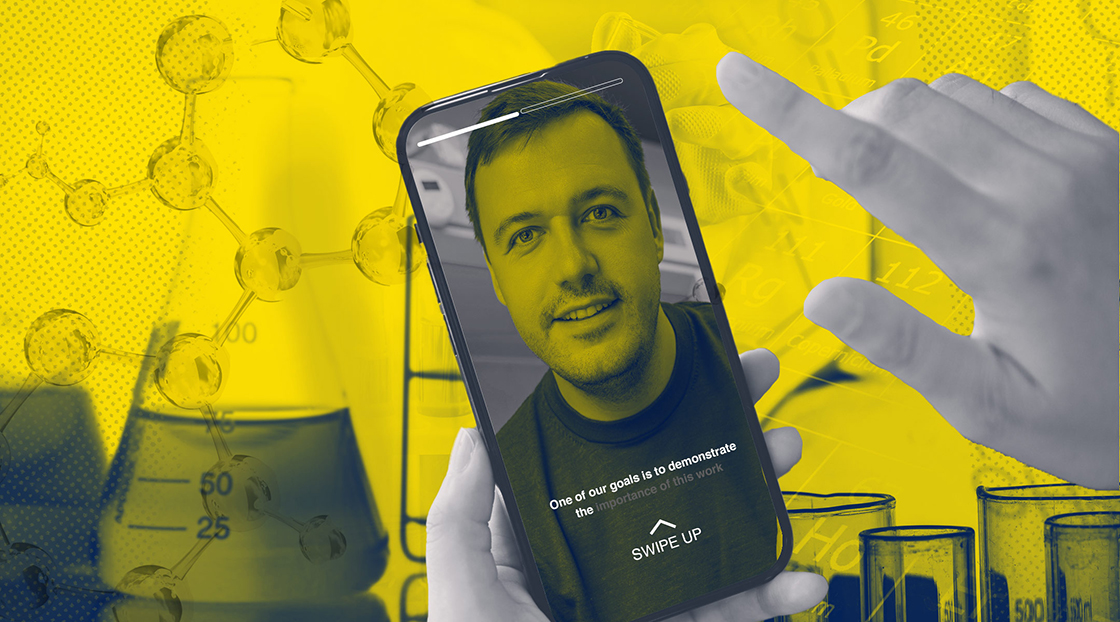1. Get the Science Right
This is make or break for you. If you get the science wrong in the post you’re making or the Instagram Story you are building, that scientist will remember that and be less willing to talk to you in the future. Not only that but you’ll also get a tersely worded email correcting you. That will not feel good.
The only way to get the science right is to make sure you get what this story is about. That can take some work. The time to get to what the paper or project was investigating is when you are emailing or talking with the researcher.
One of the best ways to accomplish this right from the start is to inquire about the research question they are asking with their research. They’ll be able to answer that right away and clearly. For example, they may say, “We wanted to know more about why rain falls over here and not over there.”
Now when you’re writing about the new $13 million grant they received, you can start right out with “University of My Place scientists want to know why rain falls over here but not over here.” The science is right, and now you get to work filling in the context: “Because if there’s not enough rain falling over here, these people will have less water, have to rely on city water systems more, putting a strain on the economy,” and so forth.
Get the science right and the researcher is likely to talk to you again. Get the science wrong and you’ll get ghosted pretty quickly.




